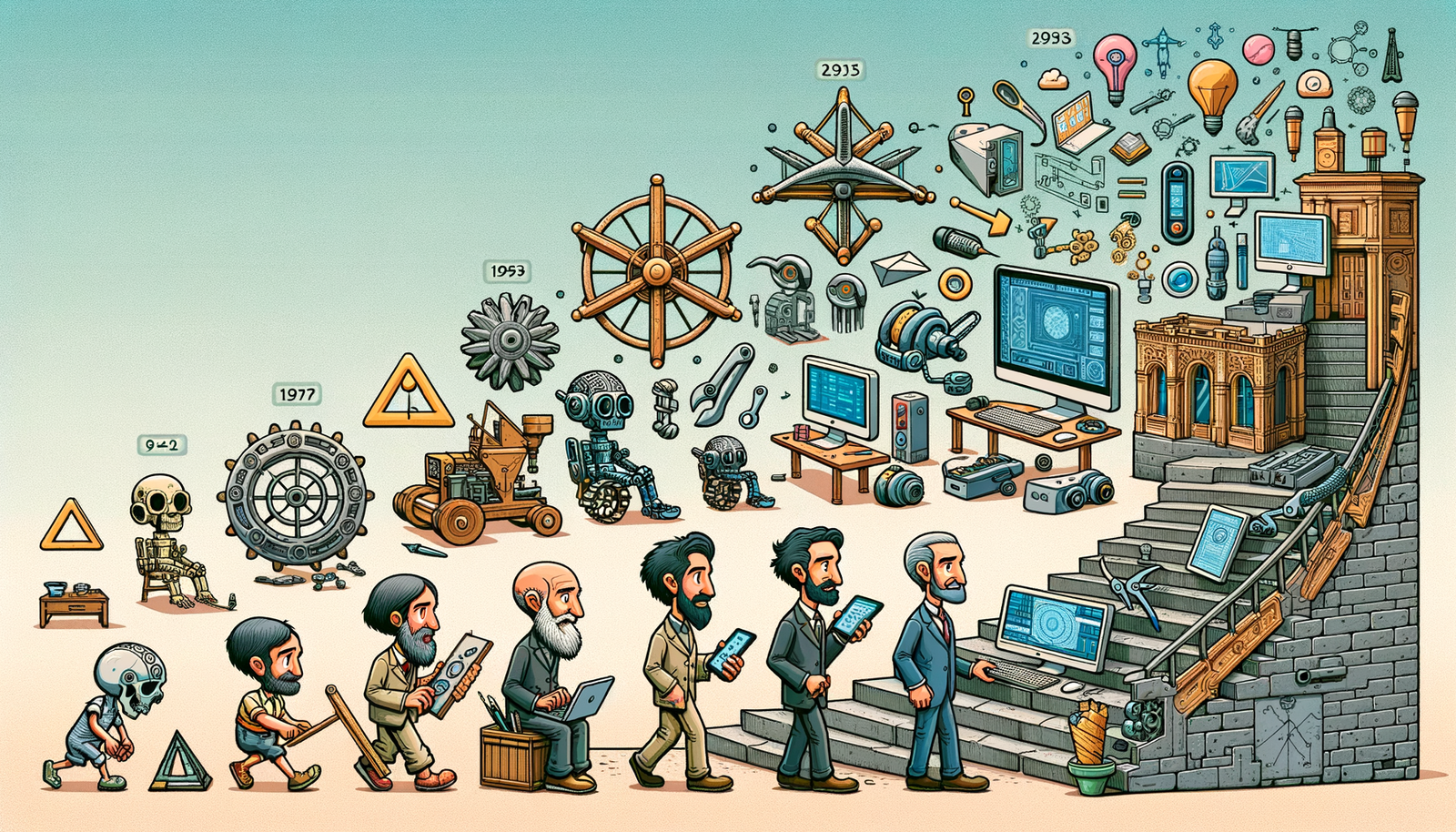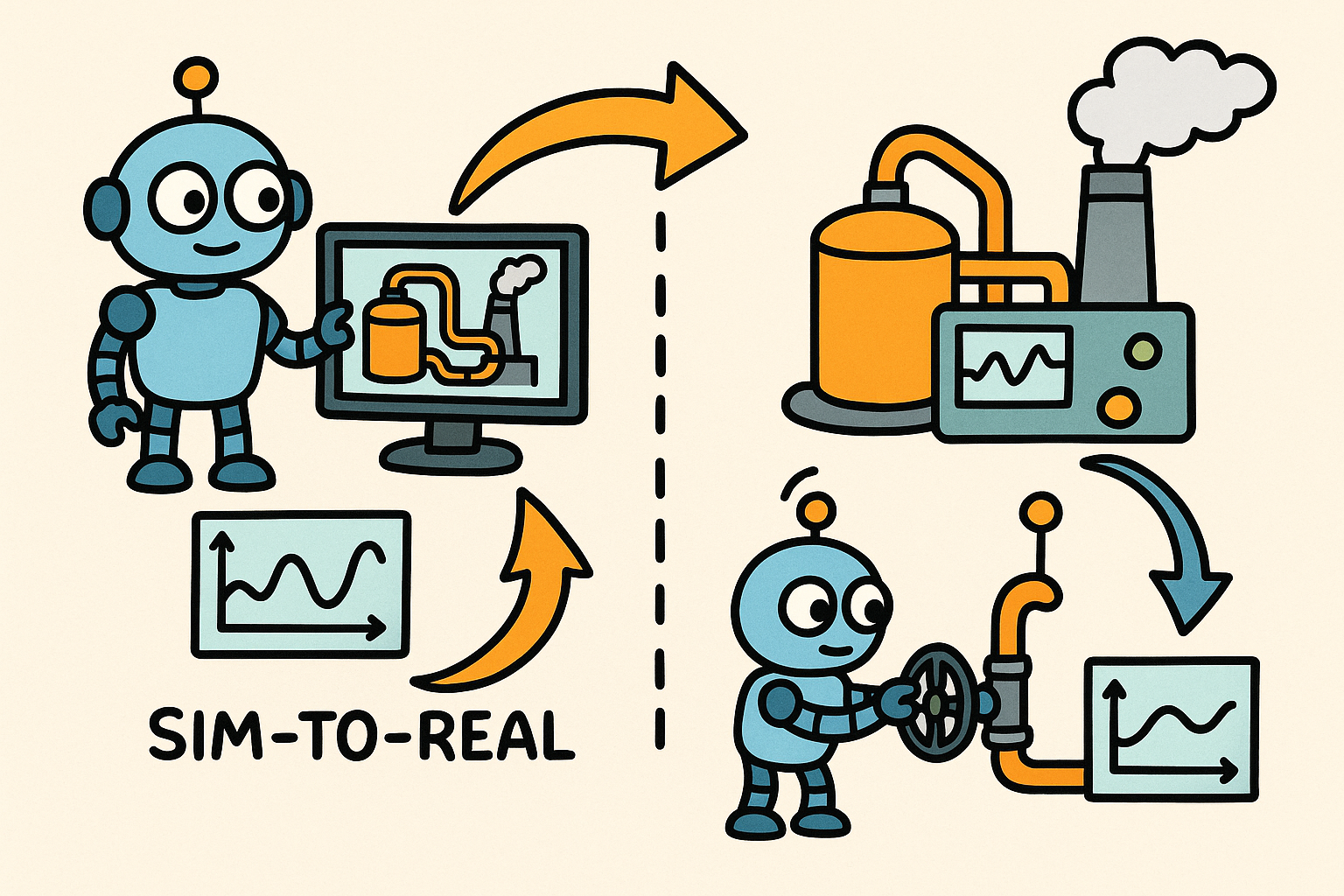Your Cart is Empty
Customer Testimonials
-
"Great customer service. The folks at Novedge were super helpful in navigating a somewhat complicated order including software upgrades and serial numbers in various stages of inactivity. They were friendly and helpful throughout the process.."
Ruben Ruckmark
"Quick & very helpful. We have been using Novedge for years and are very happy with their quick service when we need to make a purchase and excellent support resolving any issues."
Will Woodson
"Scott is the best. He reminds me about subscriptions dates, guides me in the correct direction for updates. He always responds promptly to me. He is literally the reason I continue to work with Novedge and will do so in the future."
Edward Mchugh
"Calvin Lok is “the man”. After my purchase of Sketchup 2021, he called me and provided step-by-step instructions to ease me through difficulties I was having with the setup of my new software."
Mike Borzage
Design Software History: Evolution of PTC Creo: From Pro/ENGINEER's Parametric Pioneering to Modern CAD Innovation
September 19, 2024 3 min read


Introduction to the Development of PTC Creo from Pro/ENGINEER
PTC Creo stands as one of the foremost design software platforms in today's engineering and manufacturing industries. Its significance lies not only in its cutting-edge capabilities but also in its rich historical evolution. Understanding the development of Creo from its predecessor, Pro/ENGINEER, offers valuable insights into how technological advancements and market dynamics shape software innovation.
Pro/ENGINEER was a groundbreaking product when it was first introduced. Its inception was driven by specific technological needs and market demands in the late 1980s, setting the stage for a revolution in computer-aided design (CAD).
The Genesis of Pro/ENGINEER
Foundation and Early Years
The journey of Pro/ENGINEER began with the founding of Parametric Technology Corporation (PTC) in 1985 by Samuel P. Geisberg. Geisberg, a visionary in the field of computer-aided design, sought to create a software solution that would overcome the limitations of existing CAD tools. By 1988, PTC introduced Pro/ENGINEER, which became the first parametric, feature-based solid modeling CAD software.
Technological Innovations
Pro/ENGINEER introduced the concept of parametric modeling, revolutionizing the way designers approached CAD. Unlike traditional CAD systems that used static geometry, parametric modeling allowed users to define relationships and constraints between different parts of a model. This meant that changes to one part of the model would automatically propagate through related components, ensuring consistency and saving valuable time.
Key features that set Pro/ENGINEER apart included:
- Feature-based modeling
- Associativity between geometry and design intent
- Advanced assembly modeling capabilities
The impact of Pro/ENGINEER on industries was profound, particularly in mechanical engineering and product design. Companies could now develop more complex and accurate models with greater efficiency, speeding up the design process and reducing errors.
Evolution from Pro/ENGINEER to PTC Creo
Challenges and Market Evolution
Despite its success, Pro/ENGINEER faced increasing competition and evolving user requirements. The market for CAD software was becoming more crowded, with new entrants offering innovative features. Additionally, user feedback highlighted the need for more intuitive interfaces and improved interoperability.
Rebranding and Development of Creo
In response to these challenges, PTC made a strategic decision to rebrand and redevelop Pro/ENGINEER into what is now known as Creo in 2010. The rebranding was not merely cosmetic; it signaled a fundamental shift in the software's architecture and capabilities. Creo introduced a modular architecture, allowing users to choose specific applications tailored to their needs while ensuring seamless interoperability.
Some of the key improvements and new features in Creo included:
- User-friendly interface
- Enhanced parametric modeling tools
- Advanced simulation and analysis capabilities
Impact of Technological Trends
The development of Creo was also influenced by emerging technologies such as cloud computing, the Internet of Things (IoT), and additive manufacturing. PTC integrated these technologies into Creo to meet modern design and manufacturing needs. For example, cloud computing enabled collaborative design efforts, while IoT integration allowed for real-time data-driven design adjustments. Additive manufacturing capabilities were enhanced to support the growing trend of 3D printing.
Legacy and Future of PTC Creo
Industry Impact
Over the years, Creo has been instrumental in driving advancements in product lifecycle management (PLM) and digital transformation. It has enabled companies across various industries to streamline their design processes and achieve greater innovation. The software's impact is seen in its wide adoption and the successful projects it has facilitated.
Continued Innovation
PTC continues to invest in the development of Creo, with recent updates focusing on enhanced usability, expanded simulation capabilities, and improved integration with other digital tools. The future roadmap for Creo includes leveraging artificial intelligence and machine learning to further enhance design automation and optimization.
PTC’s vision for the future of design software is to create an ecosystem where Creo plays a central role in connected, intelligent design and manufacturing processes.
Conclusion
The journey from Pro/ENGINEER to Creo highlights the dynamic nature of the CAD software industry. Starting from its inception as the first parametric, feature-based solid modeling CAD software, Pro/ENGINEER set the stage for significant advancements in design technology. The evolution to Creo represents PTC's commitment to addressing market demands and technological trends. As Creo continues to evolve, its legacy in shaping the landscape of CAD software remains enduring, promising further innovations in the future.
Also in Design News

Design Software History: Visualizing Engineering Intent: Feature Histories, Constraints, and Semantic PMI in CAD
December 29, 2025 16 min read
Read More
Sim-to-Real Transfer for Closed-Loop Process Calibration and Control
December 29, 2025 12 min read
Read More
Cinema 4D Tip: Cineware Best Practices for Cinema 4D to After Effects
December 29, 2025 2 min read
Read MoreSubscribe
Sign up to get the latest on sales, new releases and more …


